In today’s hospitals and healthcare clinics, a new doctor’s new assistant is now often on the job — in the form of artificial intelligence. Whether it’s analyzing medical images or guiding robots that assist with surgeries, AI is making steady inroads into our hospitals and clinics. Need an online nursing assistant or a watchdog that helps detect dosage errors? There’s an AI application for that.
The advent of AI in healthcare is a promising trend in terms of both patient care and economic efficiency. AI can help us address a forecasted shortage of physicians, particularly in specialty-care fields, while containing the costs of caring for an aging and growing population. A recent study by a team of researchers from the consulting firm Accenture found that the use of 10 promising AI applications could create up to $150 billion in annual savings for U.S. healthcare by 2026.
For an example of the potential of AI in healthcare, we need to look no further than Gustave Roussy, a leading European center for cancer research and care. In a study published this summer in the medical journal The Lancet Oncology, a team of medical researchers from Gustave Roussy and a few other institutions demonstrated that AI can process medical images to extract biological and clinical information to help with immunotherapy treatment, according to a news release on the study.
In this groundbreaking study, the researchers used an algorithm they designed and developed to analyze CT scan images and create a “radiomic signature.” This signature defines the level of lymphocyte infiltration of a tumor — or the degree to which immune cells have moved from the blood into a tumor cell. The radiomic signature also provides a predictive score for the efficacy of immunotherapy in the patient.
Here’s how AI played into this research: Using an approach based on machine learning, the team first taught the algorithm to use relevant information extracted from CT scans of patients participating in the study. Then, based solely on images, the algorithm learned to predict what the genome might have revealed about the tumor immune infiltrate, and it established the radiomic signature.
The announcement summarizing the findings of the study notes that in the future, physicians might be able to use imaging to identify biological phenomena in a tumor located in any part of the body without having to perform a biopsy.
At Dell EMC, this research is particularly close to our hearts because we are active supporters of Gustave Roussy.
Image Credit: Dell EMC
News This Week
Does COVID increase the risk of Alzheimer’s disease?
Scientists discover that even mild COVID-19 can alter brain proteins linked to Alzheimer’s disease, potentially increasing dementia risk—raising urgent public health concerns. A recent study published in the journal Nature Medicine investigated whether both mild and [...]
New MRI Study Reveals How Cannabis Alters Brain Activity and Weakens Memory
A massive new study sheds light on how cannabis affects the brain, particularly during cognitive tasks. Researchers analyzed over 1,000 young adults and found that both heavy lifetime use and recent cannabis consumption significantly reduced brain [...]
How to Assess Nanotoxicity: Key Methods and Protocols
With their high surface area and enhanced physicochemical properties, nanomaterials play a critical role in drug delivery, consumer products, and environmental technologies. However, their nanoscale dimensions enable interactions with cellular components in complex and [...]
Nanotech drug delivery shows lasting benefits, reducing need for repeat surgeries
A nanotechnology-based drug delivery system developed at UVA Health to save patients from repeated surgeries has proved to have unexpectedly long-lasting benefits in lab tests – a promising sign for its potential to help human patients. [...]
Scientists Just Found DNA’s Building Blocks in Asteroid Bennu – Could This Explain Life’s Origins?
Japanese scientists detected all five nucleobases — building blocks of DNA and RNA — in samples returned from asteroid Bennu by NASA’s OSIRIS-REx mission. NASA’s OSIRIS-REx mission brought back 121.6 grams of asteroid Bennu, unveiling nitrogen-rich organic matter, including DNA’s essential [...]
AI-Designed Proteins – Unlike Any Found in Nature – Revolutionize Snakebite Treatment
Scientists have pioneered a groundbreaking method to combat snake venom using newly designed proteins, offering hope for more effective, accessible, and affordable antivenom solutions. By utilizing advanced computational techniques and deep learning, this innovative [...]
New nanosystem offers hope for improved diagnosis and treatment of tongue cancer
A pioneering study has unveiled the Au-HN-1 nanosystem, a cutting-edge approach that promises to transform the diagnosis and treatment of tongue squamous cell carcinoma (TSCC). By harnessing gold nanoparticles coupled with the HN-1 peptide, [...]
Global Trust in Science Is Stronger Than Expected – What’s Next?
A landmark global survey conducted across 68 countries has found that public trust in scientists remains robust, with significant support for their active involvement in societal and political matters. The study highlights the public’s [...]
Microplastics in the bloodstream may pose hidden risks to brain health
In a recent study published in the journal Science Advances, researchers investigated the impact of microplastics on blood flow and neurobehavioral functions in mice. Using advanced imaging techniques, they observed that microplastics obstruct cerebral blood [...]
AI Surveillance: New Study Exposes Hidden Risks to Your Privacy
A new mathematical model enhances the evaluation of AI identification risks, offering a scalable solution to balance technological benefits with privacy protection. AI tools are increasingly used to track and monitor people both online [...]
Permafrost Thaw: Unleashing Ancient Pathogens and Greenhouse Gases
Permafrost is a fascinating yet alarming natural phenomenon. It refers to ground that remains frozen for at least two consecutive years. Mostly found in polar regions like Siberia, Alaska, and Canada, permafrost plays a [...]
Frequent social media use tied to higher levels of irritability
A survey led by researchers from the Center for Quantitative Health at Massachusetts General Hospital and Harvard Medical School has analyzed the association between self-reported social media use and irritability among US adults. Frequent [...]
Australian oysters’ blood could hold key to fighting drug-resistant superbugs
Protein found in Sydney rock oysters’ haemolymph can kill bacteria and boost some antibiotics’ effectiveness, scientists discover An antimicrobial protein found in the blood of an Australian oyster could help in the fight against [...]
First U.S. H5N1 Death Sparks Urgency: Scientists Warn Bird Flu Is Mutating Faster Than Expected
A human strain of H5N1 bird flu isolated in Texas shows mutations enabling better replication in human cells and causing more severe disease in mice compared to a bovine strain. While the virus isn’t [...]
AI Breakthrough in Nanotechnology Shatters Limits of Precision
At TU Graz, a pioneering research group is leveraging artificial intelligence to drastically enhance the way nanostructures are constructed. They aim to develop a self-learning AI system that can autonomously position molecules with unprecedented precision, potentially [...]
How Missing Sleep Lets Bad Memories Haunt Your Mind
Research reveals that a lack of sleep can hinder the brain’s ability to suppress unwanted memories and intrusive thoughts, emphasizing the importance of restful sleep for mental health. Sleep deprivation has been found to [...]


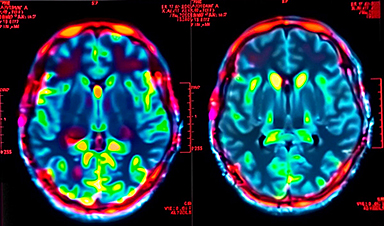
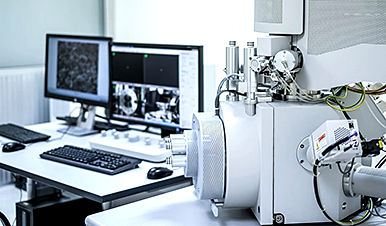

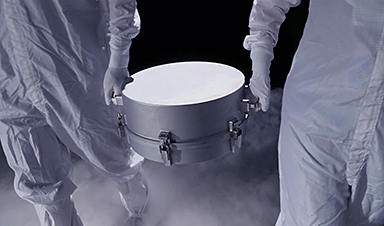




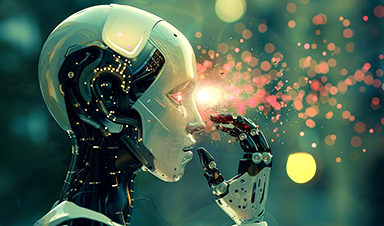
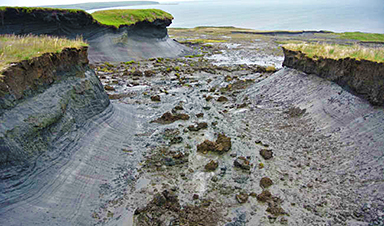


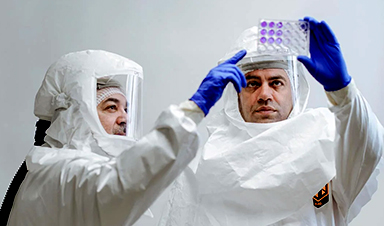
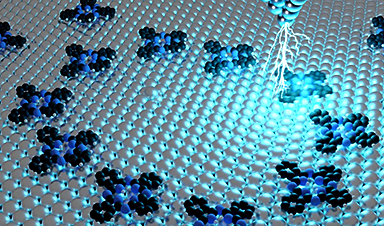







Leave A Comment